Tuna are large fish with great commercial value as food. They can grow up to three meters long and weigh 800 kilos. [genus: Thunnus – family: Scombridae]Tuna live in schools and are predators. They feed off other fish and mollusks like octopuses, cuttlefish and squid.The name of the fish comes from the Greek word thynnos, which means "to rush." Tuna can swim over 70 kilometers per hour. Tuna are powerful swimmers because they are warm-blooded fish. This means their muscles are efficient and
energetic, even in the coldest wate. During mating season, tuna migrate thousands of kilometers to warmer waters. In just a few weeks, they might travel from the North Atlantic to the coast of Brazil. Before mating, tuna stop eating. Their reproductive organs are bloated with eggs and sperm, so their stomachs have no room to expand. Tuna start eating again after mating. They may eat up to 24 kilos of fish a day. This is the only way to store up the energy needed for the return journey. Once they arrive in cold water, they stay until the following year. To mate, a school of tuna forms a huge, frantically rotating cylinder. Males and females dart to the center to mate. Female tuna lay up to 10 million eggs a year. Young tuna develop rapidly. In the space of one year, they grow from a few millimeters to 45 centimeters long. Young tuna stay in the warm waters where they were born until they are three years old. Once they reach sexual maturity they can travel long distances. Tuna meat, rich in fat, was enjoyed by the ancient Greeks and Romans. The most-prized tuna is Mediterranean bluefin tuna. It is ideal for sushi and sashimi.
energetic, even in the coldest wate. During mating season, tuna migrate thousands of kilometers to warmer waters. In just a few weeks, they might travel from the North Atlantic to the coast of Brazil. Before mating, tuna stop eating. Their reproductive organs are bloated with eggs and sperm, so their stomachs have no room to expand. Tuna start eating again after mating. They may eat up to 24 kilos of fish a day. This is the only way to store up the energy needed for the return journey. Once they arrive in cold water, they stay until the following year. To mate, a school of tuna forms a huge, frantically rotating cylinder. Males and females dart to the center to mate. Female tuna lay up to 10 million eggs a year. Young tuna develop rapidly. In the space of one year, they grow from a few millimeters to 45 centimeters long. Young tuna stay in the warm waters where they were born until they are three years old. Once they reach sexual maturity they can travel long distances. Tuna meat, rich in fat, was enjoyed by the ancient Greeks and Romans. The most-prized tuna is Mediterranean bluefin tuna. It is ideal for sushi and sashimi.
RELATED


DOG


EBAY


THE SKELETON


CLOUD COMPUTING


HYBRID VEHICLE
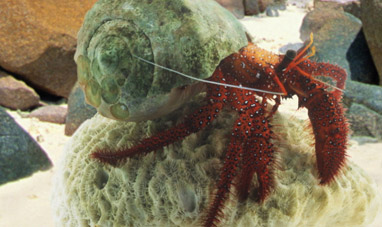

HERMIT CRAB
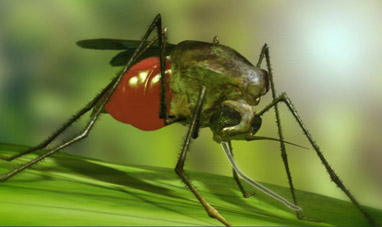

MOSQUITO
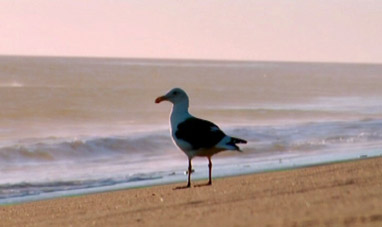

GULL


THE CIRCULATORY SYSTEM


SHEEP


LADYBUG
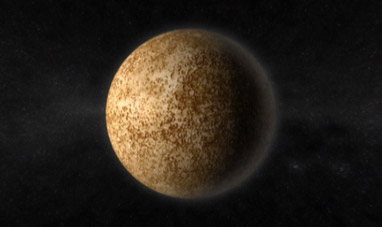

MERCURY


BEE
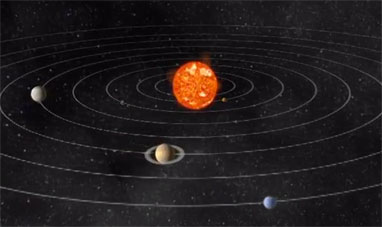

THE SOLAR SYSTEM


TIGER


FALCON
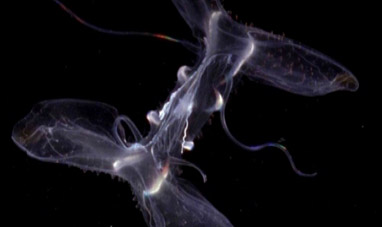

JELLY FISH


EAGLE


COMETS


FORCE, EQUILIBRIUM AND LEVERAGE


CHAMELEON


THE DIGESTIVE SYSTEM
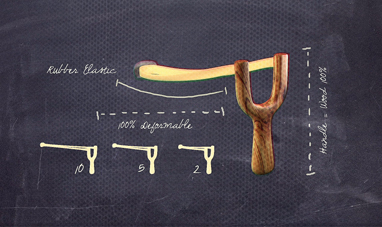

NATURAL RUBBERS


TORTOISE
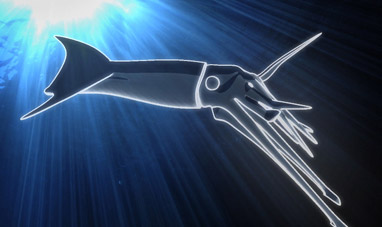

SQUID
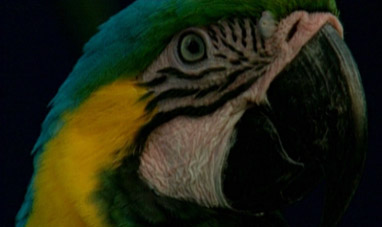

PARROTT


SEAL
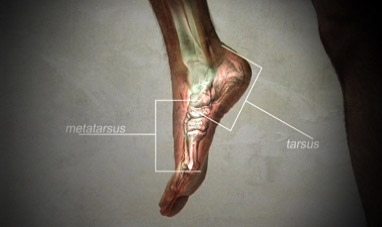

THE FEET


CHEMICAL BONDS


NEBULAE


THE FEMALE REPRODUCTIVE SYSTEM


JAPANESE CUISINE


HAIR
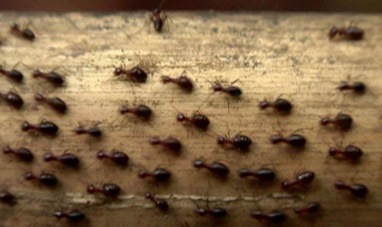

ANT
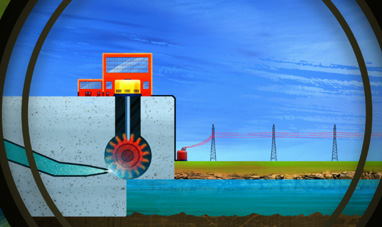

HYDROPOWER
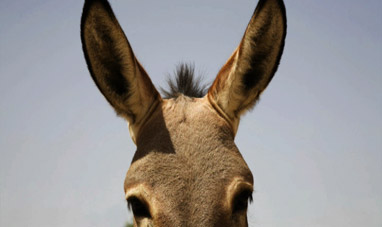

DONKEY
